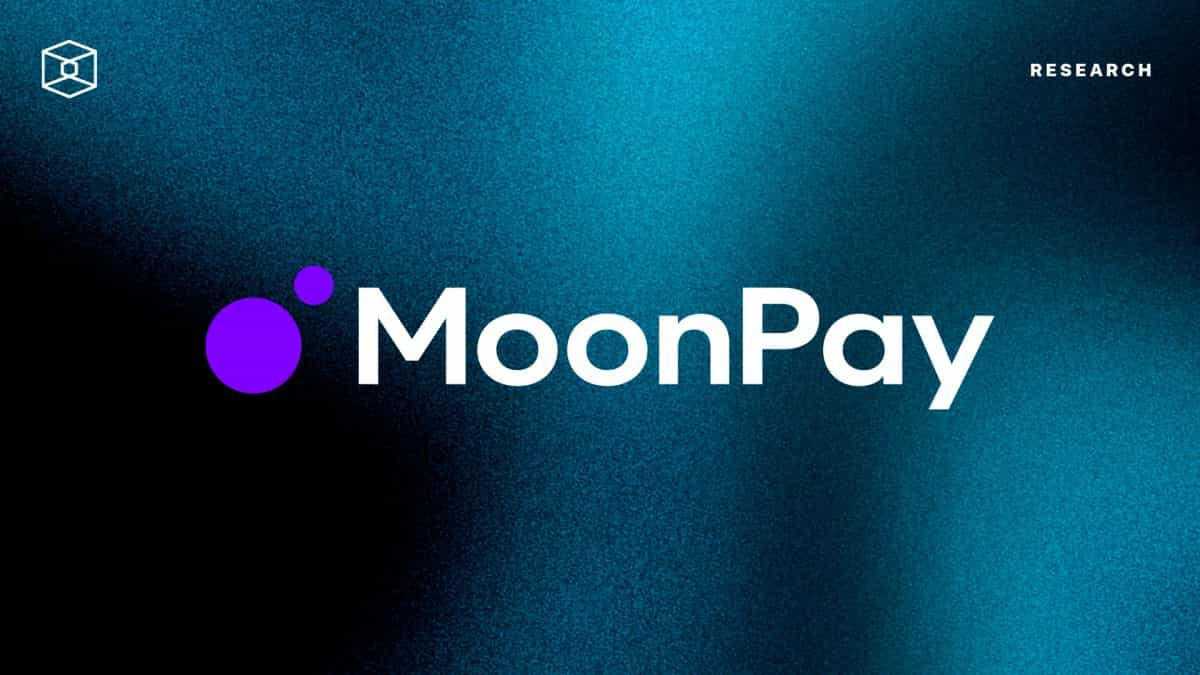How to mine cryptocurrencies?


Cryptocurrency mining is the process by which new units of a cryptocurrency are created and transactions are added to the blockchain. It involves solving complex mathematical problems or cryptographic puzzles that validate and secure transactions on a blockchain. The individuals or entities that participate in mining are known as miners.
Knowing how to mine cryptocurrencies can be important for several reasons, depending on your interests and goals within the cryptocurrency space.
Understanding cryptocurrency mining
Cryptocurrency mining is an intricate process that plays a pivotal role in maintaining the security and integrity of blockchain networks. It involves the use of specialized hardware to solve complex mathematical puzzles, a task necessary for the verification of transactions and the creation of new digital tokens such as bitcoin.
This process is underpinned by a consensus mechanism known as proof-of-work (PoW), which is designed to be computationally challenging to prevent fraudulent activities and to ensure a decentralized and tamper-resistant ledger. Miners who successfully solve these puzzles are rewarded with newly minted cryptocurrency and transaction fees, incentivizing them to continue contributing their computational power to the network.
The competitive nature of mining means that individuals and companies must invest in powerful and efficient hardware, typically application-specific integrated circuits (ASICs), and consider operational costs like electricity consumption. To mitigate the randomness of mining rewards, miners often join pools where they combine their processing power and share the rewards proportionally, reducing the volatility of their income.
Essential tools and equipment for mining cryptocurrencies
For bitcoin, the gold standard of mining equipment is the ASIC miner, which offers superior computational power to solve cryptographic puzzles faster than general-purpose hardware like CPUs or GPUs.
Mining other cryptocurrencies, like Litecoin or Dogecoin, may require hardware optimized for the Scrypt algorithm. However, Monero's mining algorithm, RandomX, is designed to be more CPU-friendly, leveling the playing field for miners without access to specialized equipment.
Once the hardware is obtained, the next step is to choose a strategy: solo mining, which is the pursuit of rewards individually, or pool mining, where miners collaborate in groups to increase their chances of earning rewards. Pool mining is generally preferred due to its more consistent payout structure.
Miners must then install software compatible with their hardware and chosen cryptocurrency. Popular software options include CGMiner and BFGMiner, which allow miners to optimize their operations and monitor efficiency.
Step-by-step process of mining cryptocurrencies
The process can vary depending on the specific cryptocurrency and the consensus mechanism it uses. Here is a step-by-step guide for PoW mining, which is commonly used in cryptocurrencies like bitcoin. Keep in mind that this is a general overview, and details may vary based on the cryptocurrency you're interested in.
- Understand the basics: Learn about the cryptocurrency you want to mine, including its consensus mechanism, mining algorithm, and overall network structure.
- Select hardware: Choose mining hardware based on the cryptocurrency's mining algorithm. For example, bitcoin uses the SHA-256 algorithm, and miners often use ASIC devices. Other cryptocurrencies may be mined with GPUs or CPUs.
- Choose a mining software: Select mining software compatible with your hardware and the cryptocurrency you're mining, such as CGMiner and BFGMiner.
- Choose a strategy: Solo mining is the pursuit of rewards individually, whereas pool mining lets miners collaborate in groups to increase their chances of earning rewards.
- Join a mining pool (optional): Due to the high difficulty and competition, many PoW miners join mining pools. Rewards are then distributed based on the contributed computational power.
- Consider costs: Miners must consider operational costs, especially electricity consumption in regard to profitability, as well as ensuring their setup is not only powerful but also well-ventilated to prevent overheating.
Miners must stay abreast of the latest developments within the cryptocurrency mining sector. This includes tracking advancements in its technology, understanding the shifting regulatory landscape and keeping pace with cryptocurrency network changes. By doing so, miners can adapt their strategies and equipment to maintain efficiency and profitability in an ever-changing industry.
Risks and rewards in cryptocurrency mining
The allure of cryptocurrency mining is often accompanied by a plethora of risks that prospective miners must navigate carefully.
As the landscape of digital currencies is subject to rapid changes, regulatory uncertainty can pose significant challenges. Miners may want to stay well-informed of the legal stipulations within their regions, including tax obligations and compliance with emerging cryptocurrency laws. By doing so, they can mitigate the risk of running afoul of regulations, which could result in severe penalties or the cessation of mining activities.
Another aspect of mining is the inherent volatility of cryptocurrency prices. Fluctuations in the market can have a pronounced impact on the profitability of mining operations. To counteract this, miners may choose to diversify their investment portfolios, allocating a portion of their earnings to more stable assets, thereby reducing their exposure to the whims of the crypto market. Additionally, they must ensure robust security practices are in place to safeguard their digital assets against theft or cyberattacks, which are prevalent in the industry.
Miners should also evaluate the efficiency of their equipment and consider the potential benefits of renewable energy sources or relocating to regions with lower energy costs. The competitive nature of mining means that the efficiency of mining strategies and hardware must rise as difficulty levels increase.
It is essential for those interested in mining to stay informed about the evolving landscape of cryptocurrency mining, including changes in hardware, software and the regulatory environment. Given the complexities and risks associated with mining, including market volatility, security threats and increasing difficulty levels, a strategic approach is required to maintain profitability and secure one's investment.
Disclaimer: This article was produced with the assistance of OpenAI’s ChatGPT 3.5/4 and reviewed and edited by our editorial team.
© 2023 The Block. All Rights Reserved. This article is provided for informational purposes only. It is not offered or intended to be used as legal, tax, investment, financial, or other advice.



